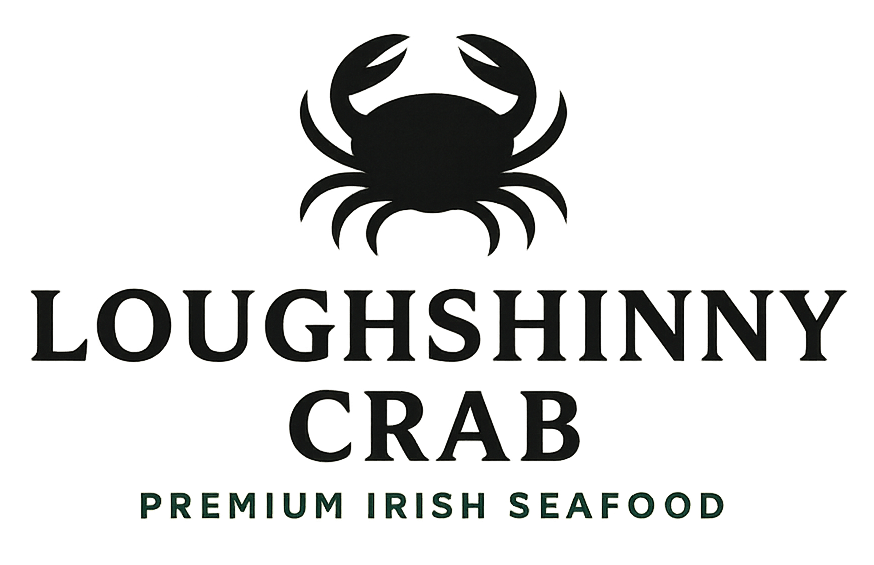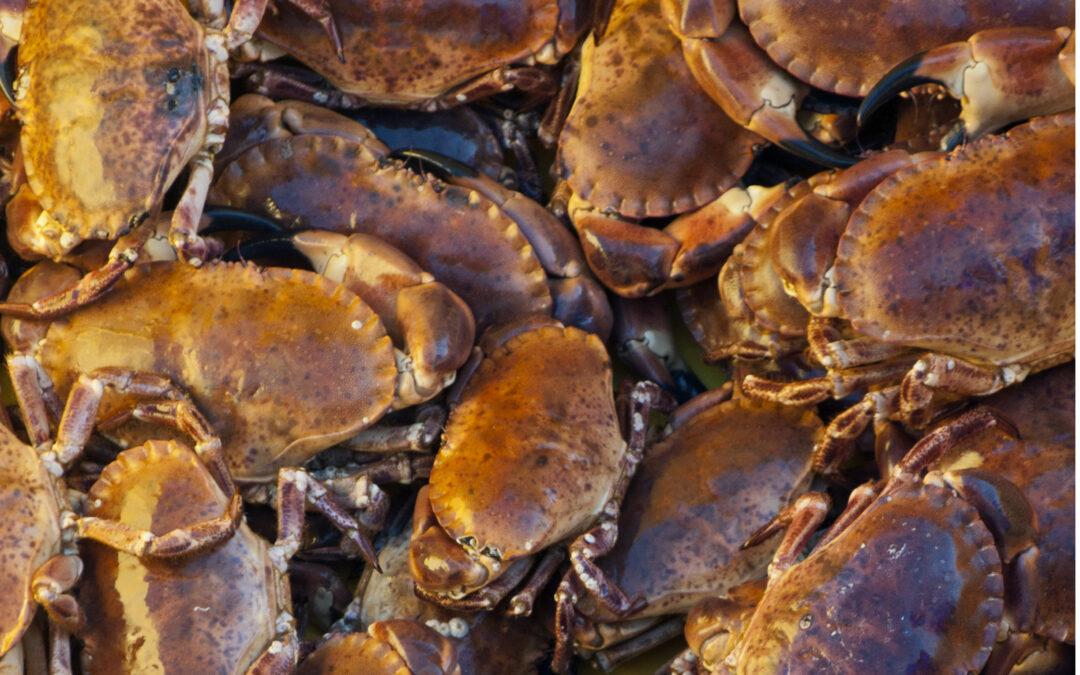British Columbia boasts a rich and diverse marine ecosystem, with Dungeness crab, red rock crab, and snow crab being highly prized catches. However, harvesting these crustaceans requires adherence to strict size limits, crucial for maintaining healthy populations and ensuring the sustainability of the fishery. This comprehensive guide delves into the intricacies of BC’s crab size limits, offering valuable insights for both recreational and commercial fishers, aiming to promote responsible harvesting practices and contribute to the long-term health of BC’s crab stocks.
Why are Crab Size Limits Important?
Size limits are a cornerstone of fisheries management, playing a vital role in ensuring the sustainability of crab populations. Smaller crabs are less mature and haven’t had the opportunity to reproduce, so protecting them safeguards future generations. By allowing only larger crabs to be harvested, we ensure the continuation of breeding stock and the overall health of the crab population. This approach contributes to the economic viability of the fishing industry in the long term, preventing overfishing and resource depletion.
BC’s Crab Size Limits: A Detailed Breakdown
British Columbia’s Ministry of Forests, Lands, Natural Resource Operations and Rural Development sets and regulates crab size limits. These limits vary depending on the species of crab and the specific fishing area. It’s critical to consult the most up-to-date regulations before heading out, as these regulations can be subject to change based on stock assessments and environmental conditions. The official government website is always the best resource for the most current information. Ignoring these regulations can lead to significant fines and potential legal repercussions.
Dungeness Crab Size Limits
Dungeness crab, a highly sought-after species, are subject to specific size restrictions. The minimum size limit is usually measured by the carapace width, which is the widest part of the crab’s shell, excluding any spines. Precise measurements vary across different fishing zones within BC, so checking the relevant regional regulations is essential before fishing. Failure to adhere to these limits can result in the confiscation of your catch and substantial penalties.
Red Rock Crab Size Limits
Red rock crab, another popular species in BC waters, also have specific size restrictions. Similar to Dungeness crab, the minimum size is usually determined by carapace width. However, the exact measurements for red rock crabs can vary depending on the region and potentially the time of year. Thorough research and understanding of the specific regulations for your fishing area are crucial to avoid penalties and contribute to responsible fishing practices.
Snow Crab Size Limits
Snow crab, characterized by their distinctive white shells, are also subject to size restrictions within BC waters. These regulations frequently include minimum size limits for carapace width, alongside potential restrictions on the number of crabs you are allowed to harvest. This information is specifically important for commercial crab fishers, who need to understand both size and catch limits to operate legally and sustainably.
Measuring Crab Size: Tools and Techniques
Accurate measurement of crab carapace width is crucial for compliance with BC’s size regulations. A reliable measuring tool, such as a crab gauge, is essential for ensuring accurate measurements. These gauges often have markings that clearly indicate the minimum legal size for different crab species. It’s important to measure the crab correctly, ensuring the widest part of the carapace is used for the measurement. If unsure, it is always better to err on the side of caution and release a crab if you are questioning its size.
Consequences of Non-Compliance
Failure to adhere to BC’s crab size limits carries serious consequences. Fines can range from hundreds to thousands of dollars, depending on the severity of the violation and the number of undersized crabs caught. In some cases, confiscated crab and fishing gear could also be involved in the penalties. Repeat offenders face even stricter penalties, highlighting the importance of responsible fishing practices and thorough understanding of the regulations.
Responsible Crab Fishing Practices: Beyond Size Limits
Responsible crab fishing extends beyond simply adhering to size limits. It includes practicing selective harvesting, focusing on only keeping legal-sized crabs. This helps ensure the sustainability of crab populations and the long-term health of the ecosystem. Appropriate handling techniques are also critical to minimize stress and injury to the crabs, whether they are being kept or released. Fishing with minimal environmental impact contributes to the responsible and sustainable harvesting of this valuable resource.
Where to Find the Most Up-to-Date Information
The official website of the British Columbia government’s Ministry of Forests, Lands, Natural Resource Operations and Rural Development is the most reliable source for the latest information on crab size limits and other fishing regulations. Regularly checking this website ensures that you have the most current and accurate information available. This is crucial for responsible and legal fishing practices in BC’s waters. Local fishing charters and experienced anglers can also offer valuable insights and advice, supplementing the official information.
Conclusion: Protecting BC’s Crab Fisheries for the Future
Understanding and adhering to BC’s crab size limits is paramount for the long-term health and sustainability of our valuable crab fisheries. These regulations are not simply rules but vital tools for protecting a vital part of the BC ecosystem and the livelihoods they support. By understanding the reasoning behind these regulations, properly measuring crabs, and consistently complying with the law, all fishers contribute to preserving BC’s rich marine biodiversity for future generations. Remember to always consult official sources for up-to-date information to ensure you’re fishing responsibly and legally.

